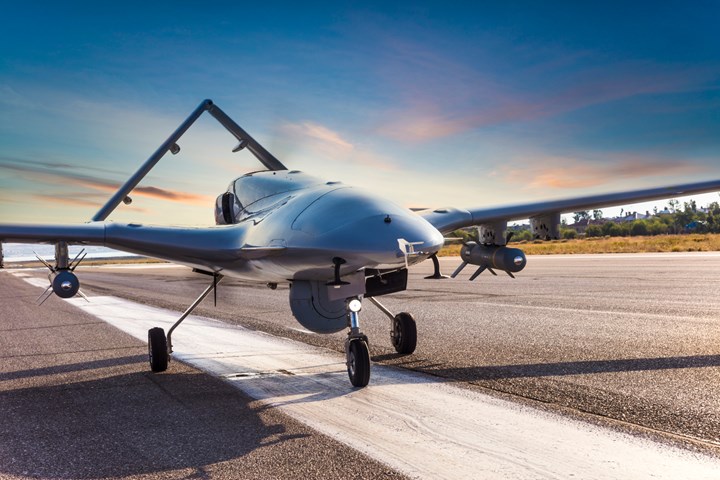FAA releases final report for Advanced Materials and Processes Survey for AAM, UAS
Proposed research authored by WSU-NIAR and Mississippi State Advanced Composites Institute offers techniques to identify, assess and understand composites and other materials use in aviation applications.
The final report is now available for the Federal Aviation Administration’s (FAA’s) ASSURE Center of Excellence Advanced Materials and Processes Survey for Advanced Air Mobility (AAM) and Unmanned Aircraft Systems (UAS).
The proposed research offers innovative techniques to identify, assess and understand the varying types of composites and other advanced materials used in UAS and AAM. This intelligence is critical for developing proper standards and regulations for the effective and safe adoption, production, and use of these advanced materials in safety-critical aviation applications, according to the FAA. The research will focus on distinctive properties, risks and requirements of the UAS/AAM industry that are not necessarily transferable from the traditional aircraft industry. The resulting work product will include a literature survey and qualified industry blueprint secured from key industry partner engagements.
The report was authored by Gerardo Olivares, Aswini Kona Ravi and Akhil Basin of Wichita State University’s (WSU) National Institute for Aviation Research (NIAR) and Matthew Roberson, Wayne Huberty and Christopher Bounds of Mississippi State University’s (MSU, Oktibbeha County) Advanced Composites Institute.
Find the full report here.
Related Content
-
The potential for thermoplastic composite nacelles
Collins Aerospace draws on global team, decades of experience to demonstrate large, curved AFP and welded structures for the next generation of aircraft.
-
Plant tour: Spirit AeroSystems, Belfast, Northern Ireland, U.K.
Purpose-built facility employs resin transfer infusion (RTI) and assembly technology to manufacture today’s composite A220 wings, and prepares for future new programs and production ramp-ups.
-
Manufacturing the MFFD thermoplastic composite fuselage
Demonstrator’s upper, lower shells and assembly prove materials and new processes for lighter, cheaper and more sustainable high-rate future aircraft.














